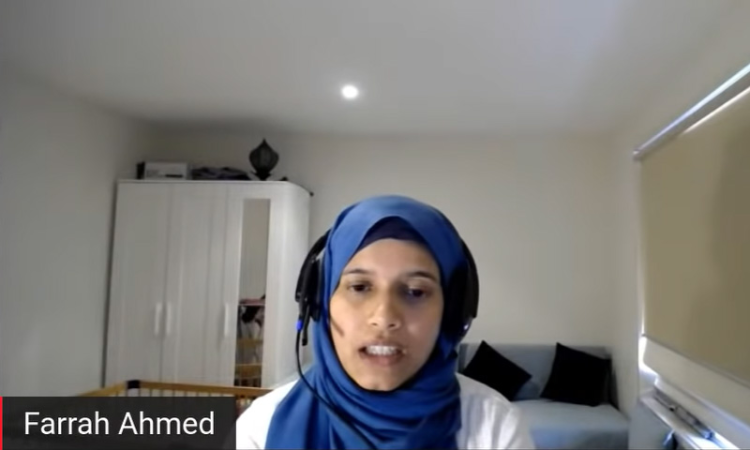It is very puzzling to hold that wearing of hijab is inconsistent with freedom, said Ms.Farrah Ahmed, Professor in Melbourne Law School, Australia, while speaking at an online discussion on the Karnataka High Court's judgment in the hijab case."For me, it is very puzzling for anybody to say that wearing a hijab or wearing a headscarf is inconsistent with your freedom", she said. ...

